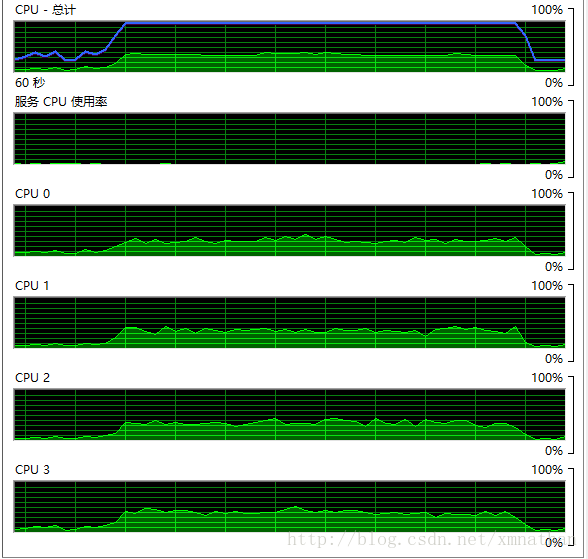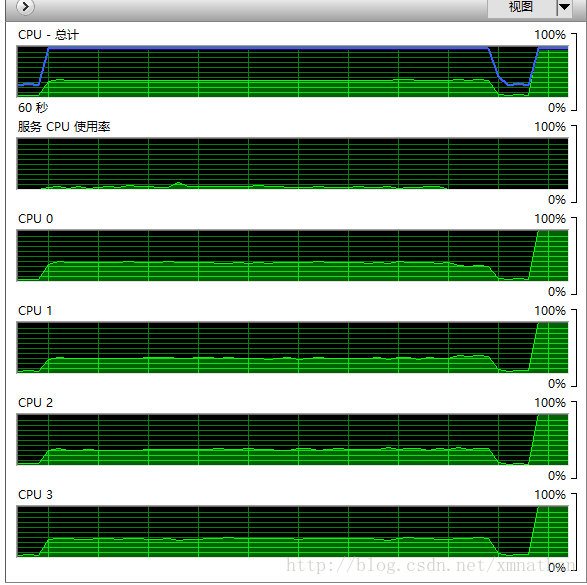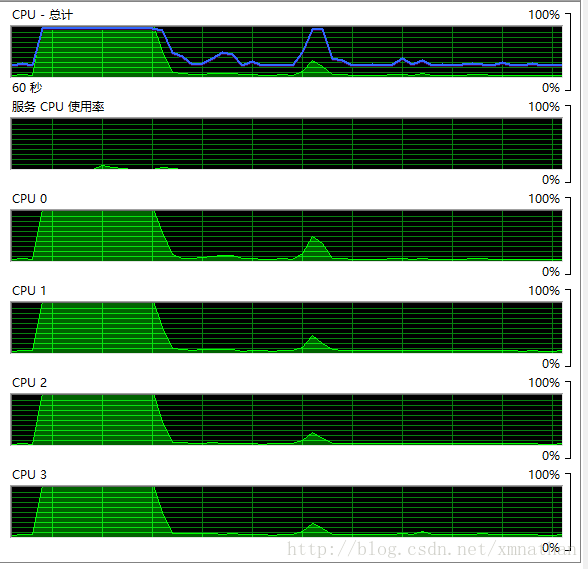#!/usr/bin/python
# -*- coding: UTF-8 -*-
import time
import os
from threading import Thread
from multiprocessing import Process
def count(x, y):
# 使程序完成大量计算
for i in xrange(100000):
x += x
y += y
def write(filename):
f = open(filename, "w")
for i in xrange(100000):
f.write("testwrite\n")
f.close()
def read(filename):
f = open(filename, "r")
lines = f.readlines()
f.close()
def io(filename):
write(filename)
read(filename)
def testSingleProcess():
# CPU密集操作
t = time.time()
for i in xrange(10):
count(1, 1)
print("SingleProcess cpu", time.time() - t)
# IO密集操作
t = time.time()
for i in xrange(10):
io("test%d.txt"%i)
print("SingleProcess IO", time.time() - t)
def testMultithreading():
counts = []
t = time.time()
for i in xrange(10):
thread = Thread(target=count, args=(1,1))
counts.append(thread)
thread.start()
e = counts.__len__()
while True:
for th in counts:
if not th.is_alive():
e -= 1
if e <= 0:
break
print("Multithreading cpu",time.time() - t)
ios = []
t = time.time()
for i in xrange(10):
thread = Thread(target=io, args=("test%d.txt"%i,))
ios.append(thread)
thread.start()
e = ios.__len__()
while True:
for th in ios:
if not th.is_alive():
e -= 1
if e <= 0:
break
print("Multithreading IO",time.time() - t)
def testMultiprocess():
counts = []
t = time.time()
for i in xrange(10):
process = Process(target=count, args=(1,1))
counts.append(process)
process.start()
e = counts.__len__()
while True:
for th in counts:
if not th.is_alive():
e -= 1
if e <= 0:
break
print("Multiprocess cpu", time.time() - t)
ios = []
t = time.time()
for i in xrange(10):
process = Process(target=io, args=("test%d.txt"%i,))
ios.append(process)
process.start()
e = ios.__len__()
while True:
for th in ios:
if not th.is_alive():
e -= 1
if e <= 0:
break
print("Multiprocess IO", time.time() - t)
def clearTmpFile():
for i in xrange(10):
os.remove("test%d.txt"%i)
if __name__ == "__main__":
testSingleProcess()
time.sleep(2)
clearTmpFile()
time.sleep(2)
testMultithreading()
time.sleep(2)
clearTmpFile()
time.sleep(2)
testMultiprocess()
time.sleep(2)
clearTmpFile()
测试时的cpu运行 情况如下:



运行结果:
('SingleProcess cpu', 41.20599985122681)
('SingleProcess IO', 0.3340001106262207)
('Multithreading cpu', 41.062999963760376)
('Multithreading IO', 4.700000047683716)
('Multiprocess cpu', 11.5239999294281)
('Multiprocess IO', 0.29200005531311035)
可以看出,只有多进程下,才能利用多核的优势,将大量计算快速执行完毕
原因是:
Python是运行在解释器中的语言,有一个全局锁(GIL),在使用多线程(Thread)的情况下,不能发挥多核的优势。
而使用多进程(Multiprocess),则可以发挥多核的优势真正地提高效率。
另外,Python还有基于协程的网络库gevent(github)
协程不同于线程的地方在于协程不是操作系统进行切换,而是由编码进行切换,即由程序员控制的,这样就没有了线程的所谓安全问题。





 本文通过实际代码演示了单进程、多线程及多进程在CPU密集型任务和IO密集型任务上的表现差异,并分析了Python全局锁(GIL)的影响。
本文通过实际代码演示了单进程、多线程及多进程在CPU密集型任务和IO密集型任务上的表现差异,并分析了Python全局锁(GIL)的影响。
















 770
770

 被折叠的 条评论
为什么被折叠?
被折叠的 条评论
为什么被折叠?








